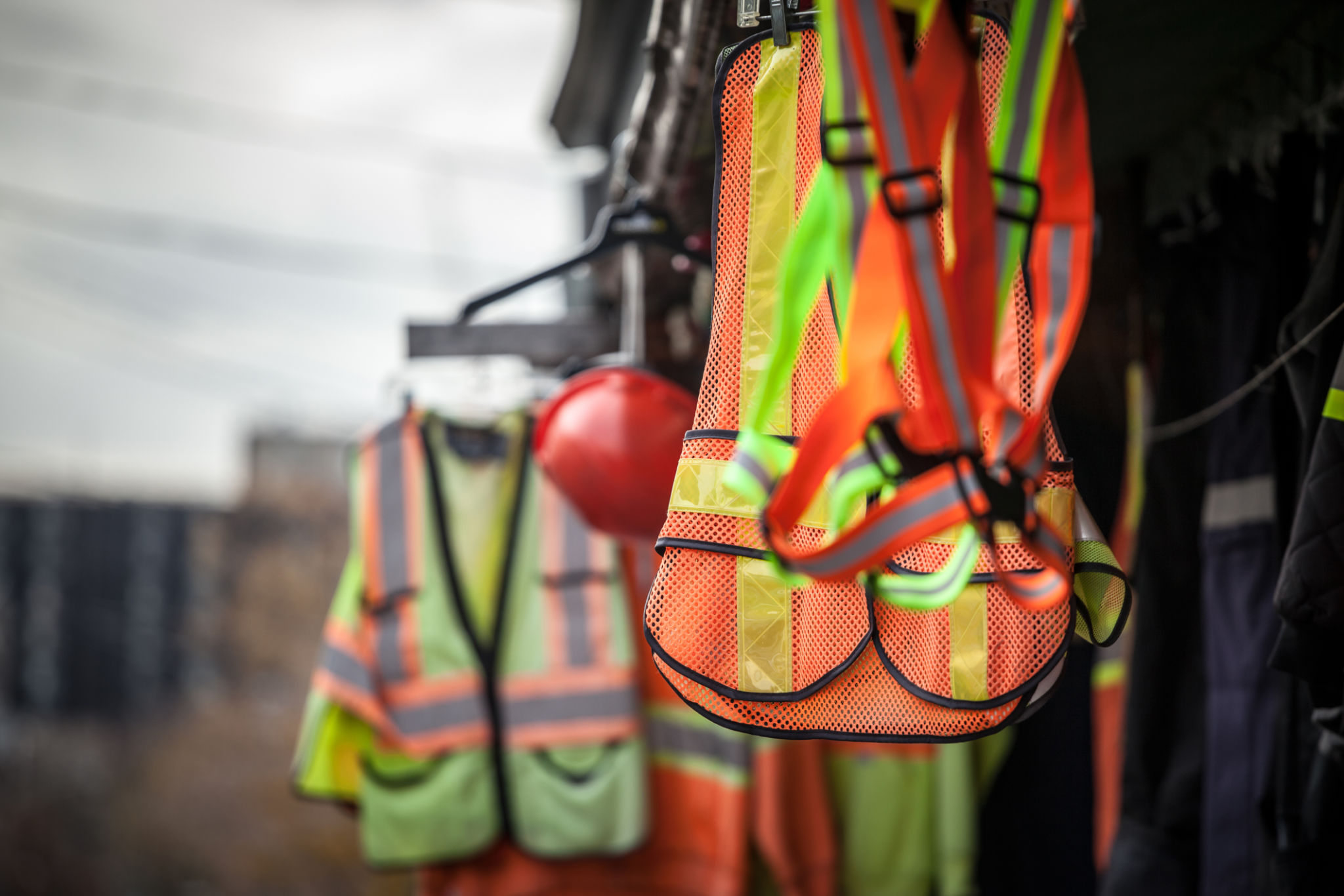Scaffolding Safety Tips for South Australian Home Renovators
Understanding the Importance of Scaffolding Safety
When embarking on a home renovation project in South Australia, ensuring the safety of everyone involved is paramount. Scaffolding is a critical component of many renovation projects, providing the necessary support for workers to safely reach high areas. Proper scaffolding safety practices can prevent accidents and protect both property and personnel.
Scaffolding safety starts with a thorough understanding of how to properly set up and use the equipment. It is crucial to recognize that improper use can lead to serious injuries. Home renovators should familiarize themselves with local regulations and guidelines to ensure compliance and safety.

Inspecting Your Scaffolding
Before using scaffolding, it is essential to conduct a detailed inspection. This process involves checking all components for any signs of wear, damage, or missing parts. Inspections should be performed by someone trained and experienced in scaffolding safety.
Key areas to inspect include the stability of the base, condition of the planks, and integrity of the guardrails. Regular inspections should be part of your renovation routine, especially after adverse weather conditions or if the scaffolding has been moved or adjusted.

Proper Assembly and Dismantling
Setting up your scaffolding correctly is crucial. Follow the manufacturer's instructions carefully, ensuring that all pieces are assembled securely. Pay special attention to the foundation; it should be stable and level to prevent any tipping or collapse.
When dismantling scaffolding, take the same care as during assembly. Ensure that all components are lowered safely to the ground and stored properly to avoid damage or injury in the future.
Using Personal Protective Equipment (PPE)
Personal protective equipment (PPE) is an essential aspect of scaffolding safety. Items such as hard hats, non-slip footwear, and harnesses can significantly reduce the risk of injury. Make sure that anyone using the scaffolding is equipped with appropriate PPE at all times.

Weather Considerations
Weather conditions can greatly affect scaffolding safety. High winds, rain, or extreme heat can compromise the stability of scaffolding structures. It is important to check weather forecasts before beginning work and postpone any activity if conditions are unfavorable.
If you must work under less-than-ideal conditions, take extra precautions such as securing tools and materials against wind and ensuring that surfaces are dry and slip-resistant.
Training and Supervision
Even for home renovators, training in scaffolding safety is invaluable. Understanding how to properly assemble, use, and dismantle scaffolding can prevent many common accidents. Consider taking a course or consulting with a professional if you are unfamiliar with these processes.
Supervision is also key—having an extra pair of eyes on site can help catch potential hazards before they become serious problems. A supervisor can ensure that all safety protocols are being followed and provide guidance when needed.
